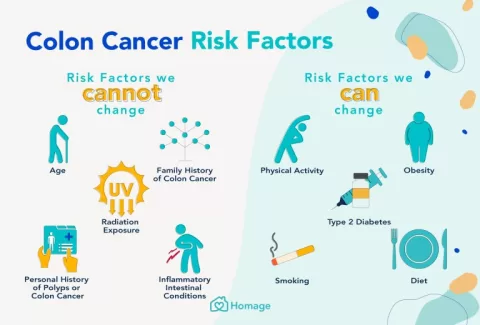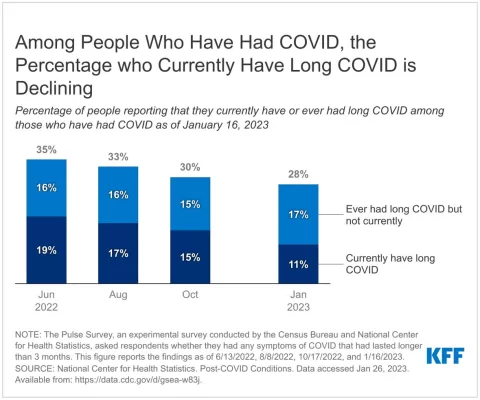Cholesteatoma, though it may sound daunting, is a condition often misunderstood due to prevalent myths and misinformation surrounding ear health. This abnormal skin growth can develop in the middle ear and is often linked to recurrent ear infections or dysfunctions in the eustachian tube. Many myths about cholesteatoma circulate, which can lead to unnecessary fear regarding diagnosis and treatment options. Understanding the true nature of cholesteatoma is vital for recognizing symptoms early and seeking appropriate care. In this article, we aim to debunk common misconceptions while providing essential information on cholesteatoma treatment and diagnosis.
The term ‘cholesteatoma’ may be unfamiliar to many, but it refers to a type of cystic growth found in the ear, specifically behind the eardrum. Often misconstrued as merely an ear infection, this condition can lead to various complications if left untreated. Understanding this growth, alongside alternative names like ear cyst or skin cyst in the middle ear, is critical for maintaining ear health. Through accurate education and awareness, we can shed light on the realities of cholesteatoma, addressing prevalent myths and advocating for informed treatment options. By recognizing its impact and the importance of correct diagnosis, we can foster a better understanding of ear health overall.
Debunking Common Myths About Cholesteatoma
There are numerous misunderstandings surrounding cholesteatoma that can hinder individuals from seeking timely medical attention. One prevalent myth is regarding its classification; many assume that cholesteatoma is merely a type of ear infection. In reality, a cholesteatoma is an abnormal skin growth that occurs in the middle ear, often due to eustachian tube dysfunction or chronic ear infections. The lack of accurate information can lead people to disregard symptoms, delaying necessary treatment which can exacerbate complications such as hearing loss.
Moreover, it’s mistakenly believed that cholesteatoma is an issue exclusive to children. While children do have a higher incidence of this condition due to recurrent ear infections, adults are also susceptible, especially those with a history of middle ear problems. This myth can prevent adult patients from recognizing potential symptoms or seeking diagnostic evaluation, ultimately jeopardizing their ear health and leading to more severe consequences if untreated.
Understanding Cholesteatoma Diagnosis: Techniques and Importance
Early diagnosis of cholesteatoma is crucial for preventing complications, and modern advancements in medical imaging have revolutionized how we approach this condition. Advanced diagnostic techniques, including high-resolution CT scans and MRI, provide precise imaging of the middle ear structures. These tools enable healthcare professionals to not only confirm the presence of a cholesteatoma but also to assess its size and extent, which is vital for planning appropriate treatment.
Timely diagnosis is imperative, as untreated cholesteatomas can lead to significant complications such as chronic ear infections and hearing loss. Therefore, awareness of the diagnostic process can empower individuals to seek evaluation when experiencing ear-related symptoms. By promoting understanding of these diagnostic approaches, patients can advocate for their ear health and receive prompt medical attention.
Exploring Treatment Options for Cholesteatoma: What to Expect
Cholesteatoma treatment primarily involves surgical intervention aimed at removing the abnormal growth and restoring ear function. The approach typically includes mastoid surgery or tympanomastoid surgery, where the cholesteatoma sac is excised, and the tympanic membrane is reconstructed. This surgical procedure is paramount in preventing the recurrence of the growth and minimizing the risk of associated complications, such as hearing impairment.
Recent advancements have led to minimally invasive surgical techniques that not only reduce recovery time but also enhance the overall safety of the procedures. Understanding the context and expectations surrounding cholesteatoma treatment can alleviate the anxiety associated with surgery. Patients are encouraged to discuss all available options with their healthcare providers to ensure informed decision-making regarding their ear health.
The Role of Ongoing Research in Understanding Cholesteatoma
Ongoing research into cholesteatoma is crucial for advancing our understanding of its underlying causes and potential treatments. Studies are increasingly focusing on the genetic factors and molecular mechanisms that may play a role in cholesteatoma formation. Identifying genetic markers associated with this condition could pave the way for novel therapeutic strategies, including the possibility of non-surgical treatments that could transform how we manage this ear health issue.
As research progresses, the goal is to develop targeted interventions that can prevent cholesteatoma recurrence and optimize patient outcomes. By staying informed about these developing studies, patients and healthcare professionals alike can engage in discussions about the most effective management strategies, ensuring a collaborative approach to improved ear health and overall quality of life.
Empowering Patients Through Awareness and Education on Cholesteatoma
Education is a vital tool in dispelling the myths surrounding cholesteatoma and ensuring proper ear health. Healthcare providers have a responsibility to inform patients about the nature of cholesteatoma, including its symptoms, risks, and treatment options. Through accurate information, individuals can recognize when to seek help and understand the steps necessary for early diagnosis and effective intervention.
Furthermore, by fostering a culture of awareness regarding cholesteatoma, communities can collectively work towards breaking down misconceptions that lead to delayed treatment. Patient advocacy and education initiatives can empower individuals to take charge of their ear health, ultimately resulting in better health outcomes. Knowledge truly is power when it comes to managing conditions like cholesteatoma.
Frequently Asked Questions
What is cholesteatoma and how does it affect ear health?
Cholesteatoma is an abnormal skin growth in the middle ear, often behind the eardrum, which can arise from chronic ear infections or eustachian tube dysfunction. It can lead to ear health issues, such as hearing loss, dizziness, and recurrent infections if left untreated.
What are common myths about cholesteatoma?
Common myths about cholesteatoma include beliefs that it is a type of ear infection or that it only affects children. In reality, cholesteatoma is a growth that can occur in individuals of any age and can lead to serious complications if not monitored properly.
How is cholesteatoma diagnosed?
Cholesteatoma diagnosis typically involves advanced imaging techniques like CT or MRI scans, which allow healthcare providers to identify the presence and extent of the growth, leading to early and effective treatment.
What are the treatment options for cholesteatoma?
The primary treatment for cholesteatoma often involves surgery to remove the growth and repair the eardrum. Recent advancements have made these surgeries minimally invasive, allowing for safer procedures and quicker recovery times.
Is surgery always necessary for treating cholesteatoma?
Yes, in most cases, surgery is essential to remove cholesteatoma and prevent serious complications like significant hearing loss and infections. It’s crucial to address this condition promptly to ensure effective ear health management.
| Key Points | Details |
|---|---|
| What is Cholesteatoma? | Cholesteatoma is an abnormal skin growth in the middle ear that can occur after repeated ear infections or eustachian tube dysfunction. |
| Myth 1: Cholesteatoma is a Type of Ear Infection | Cholesteatoma is not an infection, but a growth that can arise after infections. |
| Myth 2: Cholesteatoma Only Affects Children | Cholesteatoma can affect both children and adults, particularly those with a history of middle ear issues. |
| Myth 3: Surgery is Not Necessary | Surgery is often necessary to remove the cholesteatoma and prevent complications. |
| Diagnosis and Treatment Advances | Advanced imaging techniques like CT and MRI improve diagnosis, and minimally invasive surgery enhances treatment. |
| Ongoing Research | Research is ongoing into genetic factors and potential non-surgical treatments for cholesteatoma. |
| Awareness and Education | Education is vital for dispelling myths and promoting early detection and treatment. |
Summary
Cholesteatoma is a complex condition that requires comprehensive understanding to ensure effective management. By addressing common myths and emphasizing the need for accurate diagnosis and treatment, we can significantly improve health outcomes for those affected by cholesteatoma. Early detection is crucial, and individuals experiencing symptoms should seek medical advice promptly. Growing awareness and education about cholesteatoma will empower patients and healthcare providers alike to make informed decisions, ensuring better ear health management.
The content provided on this blog (e.g., symptom descriptions, health tips, or general advice) is for informational purposes only and is not a substitute for professional medical advice, diagnosis, or treatment. Always seek the guidance of your physician or other qualified healthcare provider with any questions you may have regarding a medical condition. Never disregard professional medical advice or delay seeking it because of something you have read on this website. If you believe you may have a medical emergency, call your doctor or emergency services immediately. Reliance on any information provided by this blog is solely at your own risk.







